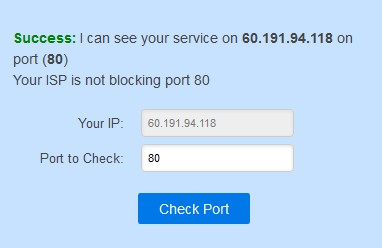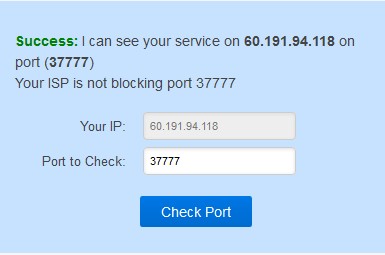Difference between revisions of "IPCRemoteAccess"
| Line 1: | Line 1: | ||
===How to Setup Remote Access for IP Camera=== | ===How to Setup Remote Access for IP Camera=== | ||
'''Additional Resources:''' | '''Additional Resources:''' | ||
| − | *[http://portforward.com/ PortForward.com] | + | |
| − | Note: This setup is only for IP cameras that are not connected to the same LAN as the NVR or recording device. | + | * [http://portforward.com/ PortForward.com] |
| − | [[file:PortForwardDiagram.jpg |300px | + | |
| + | Note: This setup is only for IP cameras that are not connected to the same LAN as the NVR or recording device. [[file:PortForwardDiagram.jpg |300px]] | ||
1. Connect IP Camera to network with a CAT5 cable. (Note: If the modem, router, or switch connected to the IP Camera is not capable of POE, you will need to connect a separate power supply to the IP Camera.) | 1. Connect IP Camera to network with a CAT5 cable. (Note: If the modem, router, or switch connected to the IP Camera is not capable of POE, you will need to connect a separate power supply to the IP Camera.) | ||
| Line 12: | Line 13: | ||
4. The ConfigTool should display your IP Camera. Click the, "[[file:ConfigToolIPCEIcon.jpg]]" icon to open Internet Explorer and access your IP Camera. | 4. The ConfigTool should display your IP Camera. Click the, "[[file:ConfigToolIPCEIcon.jpg]]" icon to open Internet Explorer and access your IP Camera. | ||
| − | [[file:ConfigToolIPC.jpg | 500px | + | [[file:ConfigToolIPC.jpg | 500px ]] |
5. Configure Internet Explorer security settings to allow the plugs to work. [[IEConfig | Link to Internet Explorer Setup]] | 5. Configure Internet Explorer security settings to allow the plugs to work. [[IEConfig | Link to Internet Explorer Setup]] | ||
| Line 22: | Line 23: | ||
Change the IP Camera to, "Static" if the camera is currently set to, "DHCP" | Change the IP Camera to, "Static" if the camera is currently set to, "DHCP" | ||
| − | 8. Open another tab and enter the, "Gateway" address listed under your IP Camera's settings. | + | 8. Open another tab and enter the, "Gateway" address listed under your IP Camera's settings. |
Example: 192.168.1.1, 192.168.0.1, 10.0.10.1 | Example: 192.168.1.1, 192.168.0.1, 10.0.10.1 | ||
| − | 9. Login to your gateway and locate the, "Port Forwarding" section of your gateway. | + | 9. Login to your gateway and locate the, "Port Forwarding" section of your gateway. |
10. Create port forwarding rules for each port you wish to forward for the IP Camera. (Usually you will only need to forward the HTTP and the TCP port.) | 10. Create port forwarding rules for each port you wish to forward for the IP Camera. (Usually you will only need to forward the HTTP and the TCP port.) | ||
| Line 35: | Line 36: | ||
HTTPS: 443 | HTTPS: 443 | ||
| − | 11. The end result should look like the below image. We used a Cisco router for this example. | + | 11. The end result should look like the below image. We used a Cisco router for this example. |
[[file:IPCPortForward.jpg|600px]] | [[file:IPCPortForward.jpg|600px]] | ||
| Line 43: | Line 44: | ||
[[file:PortsCheck80.jpg]] [[file:PortsCheck37777.jpg]] | [[file:PortsCheck80.jpg]] [[file:PortsCheck37777.jpg]] | ||
| + | |||
| + | |||
| + | |||
| + | |||
| + | |||
| + | |||
| + | [[Category:Remote Access]] | ||
Revision as of 19:50, 1 July 2016
How to Setup Remote Access for IP Camera
Additional Resources:
Note: This setup is only for IP cameras that are not connected to the same LAN as the NVR or recording device. 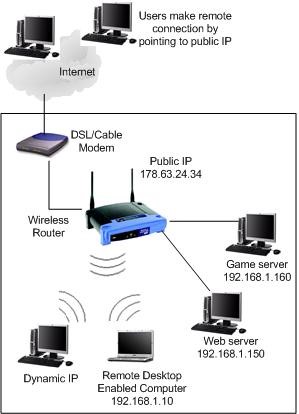
1. Connect IP Camera to network with a CAT5 cable. (Note: If the modem, router, or switch connected to the IP Camera is not capable of POE, you will need to connect a separate power supply to the IP Camera.)
2. Download and install ConfigTool from DahuaSecurity.com, under Support->Download Center->Software
3. Run the ConfigTool.
4. The ConfigTool should display your IP Camera. Click the, "![]() " icon to open Internet Explorer and access your IP Camera.
" icon to open Internet Explorer and access your IP Camera.
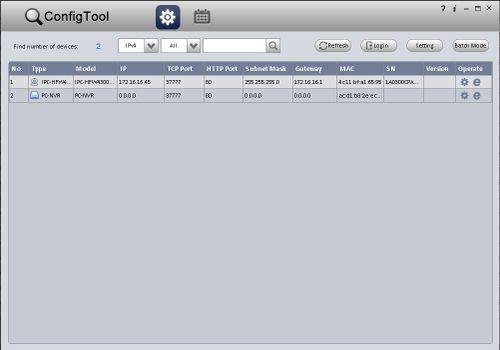 5. Configure Internet Explorer security settings to allow the plugs to work. Link to Internet Explorer Setup
5. Configure Internet Explorer security settings to allow the plugs to work. Link to Internet Explorer Setup
6. Login with the default credentials: User Name: admin Passsword: admin
7. Under, Main Menu -> Setup -> TCP/IP Change the IP Camera to, "Static" if the camera is currently set to, "DHCP"
8. Open another tab and enter the, "Gateway" address listed under your IP Camera's settings. Example: 192.168.1.1, 192.168.0.1, 10.0.10.1
9. Login to your gateway and locate the, "Port Forwarding" section of your gateway.
10. Create port forwarding rules for each port you wish to forward for the IP Camera. (Usually you will only need to forward the HTTP and the TCP port.) Default Ports: TCP: 37777 UDP: 37778 HTTP: 80 RTSP: 554 HTTPS: 443
11. The end result should look like the below image. We used a Cisco router for this example.
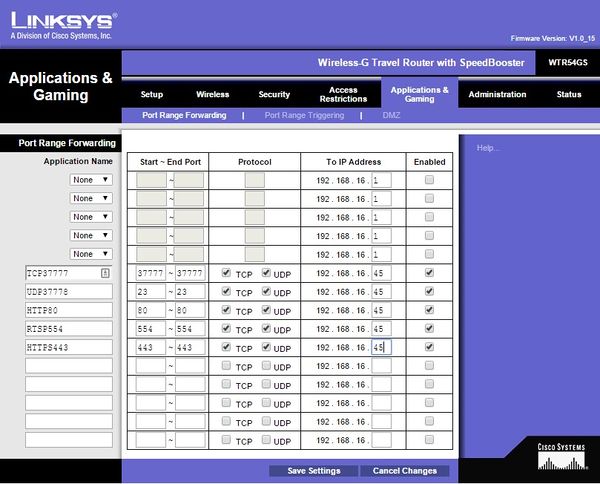
12. Hit, "Save" in the gateway interface, and open another tab.
13. Go to, "www.canyouseeme.org" and check that the ports you opened on the gateway.
